Each country has its own borders and sovereign limits, but the Dhamma, actions, compassion, and mercy, as taught by the Buddha, have no borders. Therefore, the activities of Cambodian monks and their groups in Myanmar last week were a great journey and activity for the Cambodian Buddhist sector.
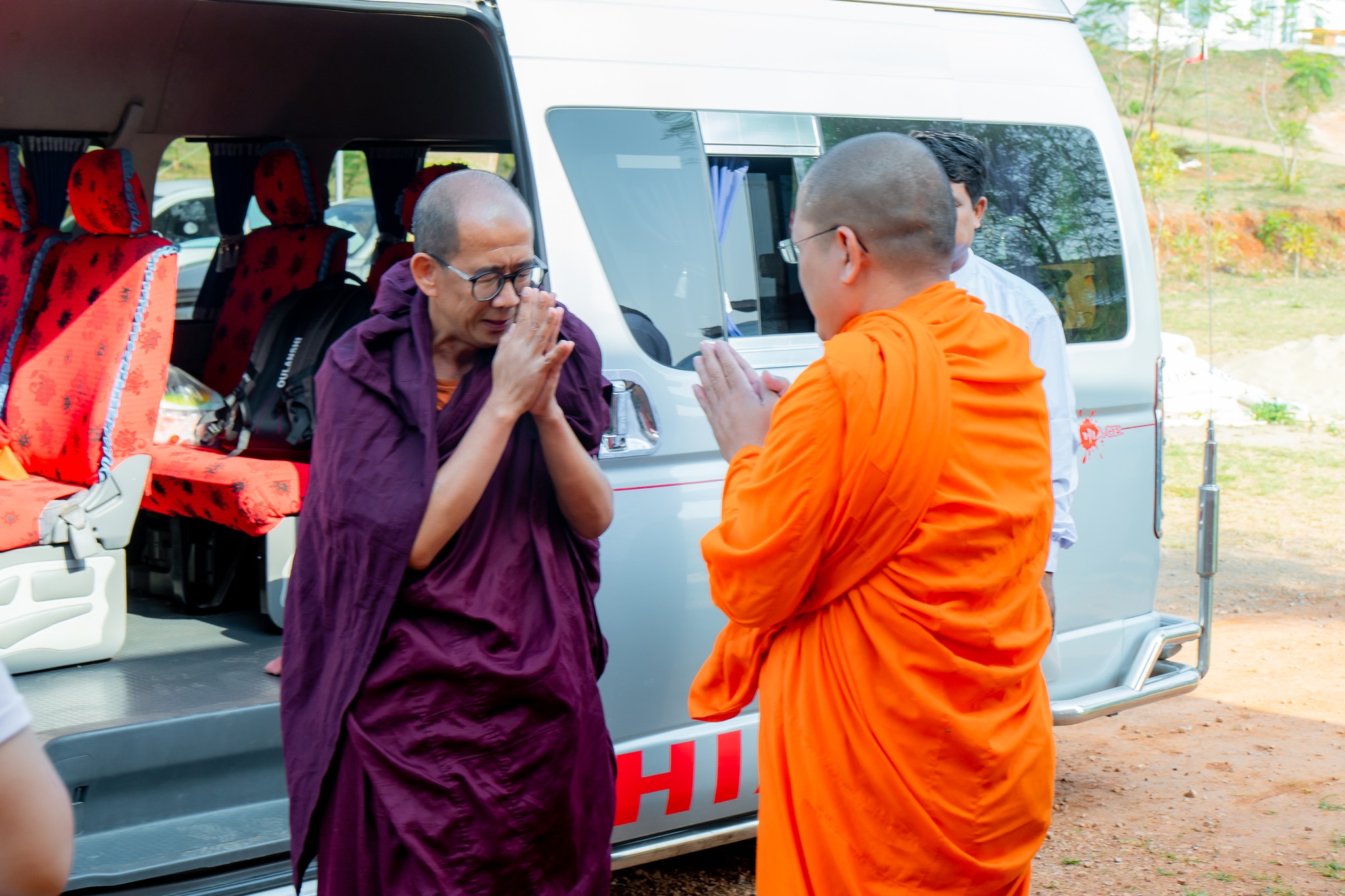
After the earthquake on March 28, 2025, which occurred at approximately 12:50 p.m. at a terrifying magnitude of 7.7, thousands of administrative buildings, hospitals, residences, and temples were razed to the ground in the blink of an eye.
After the earthquake, the people there lived in a worse condition after struggling to survive in the face of the country’s civil war and the misery of living under rubble.
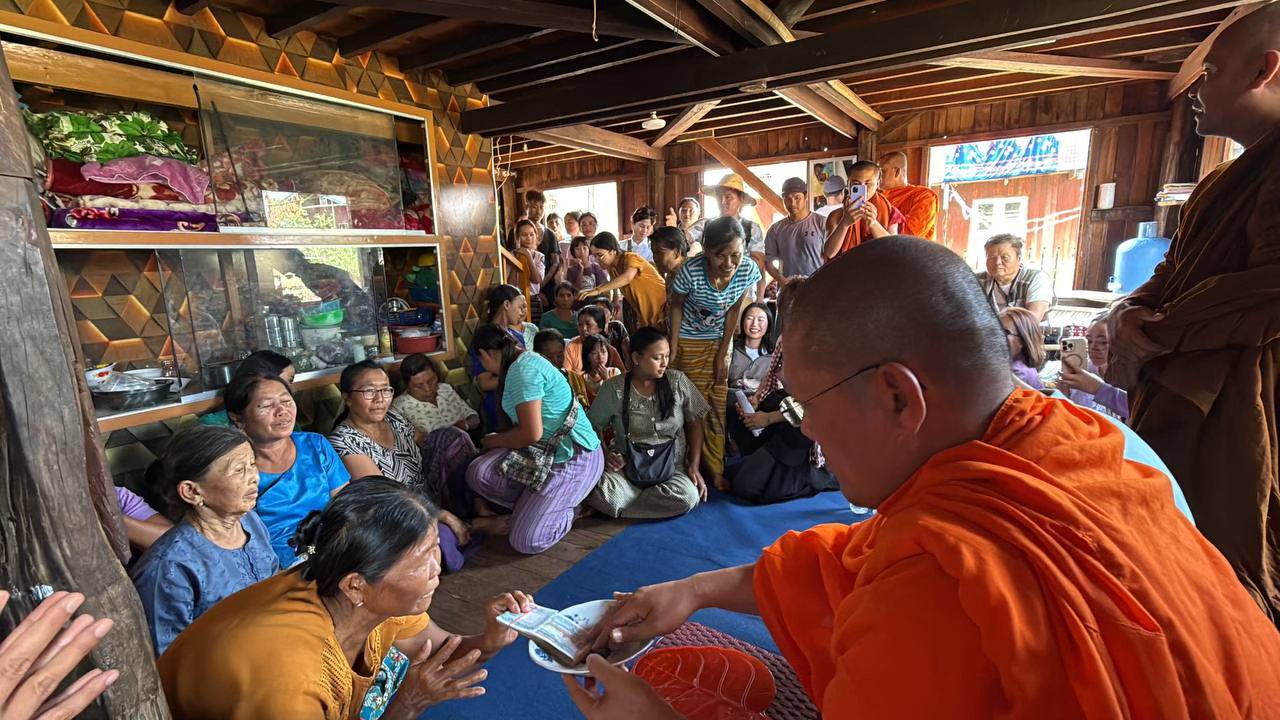
Thousands of people have been killed and injured, and it is believed that dozens more may be trapped under the rubble of collapsed buildings in the country. In this difficult situation, as a country with a predominantly Buddhist population, a delegation of Cambodian monks, led by His Royal Highness Prince Aaryavong, Dr. Yon Seng Yeat, Rector of the Buddhist University of Sihanoukville, and His Royal Highness Prince Som Sokha, President of the Buddhist Association of Cambodia, representing His Royal Highness Prince Akka Maha Sangha Rajathipadei, His Royal Highness Prince Som Somethathipadei, His Royal Highness Prince Am Lim Heng, Supreme Patriarch of the Kingdom of Cambodia, visited Shan State, Burma, to bring some gifts. Which comes from the Buddhist monks who have the power to unite to help the suffering people of Myanmar.
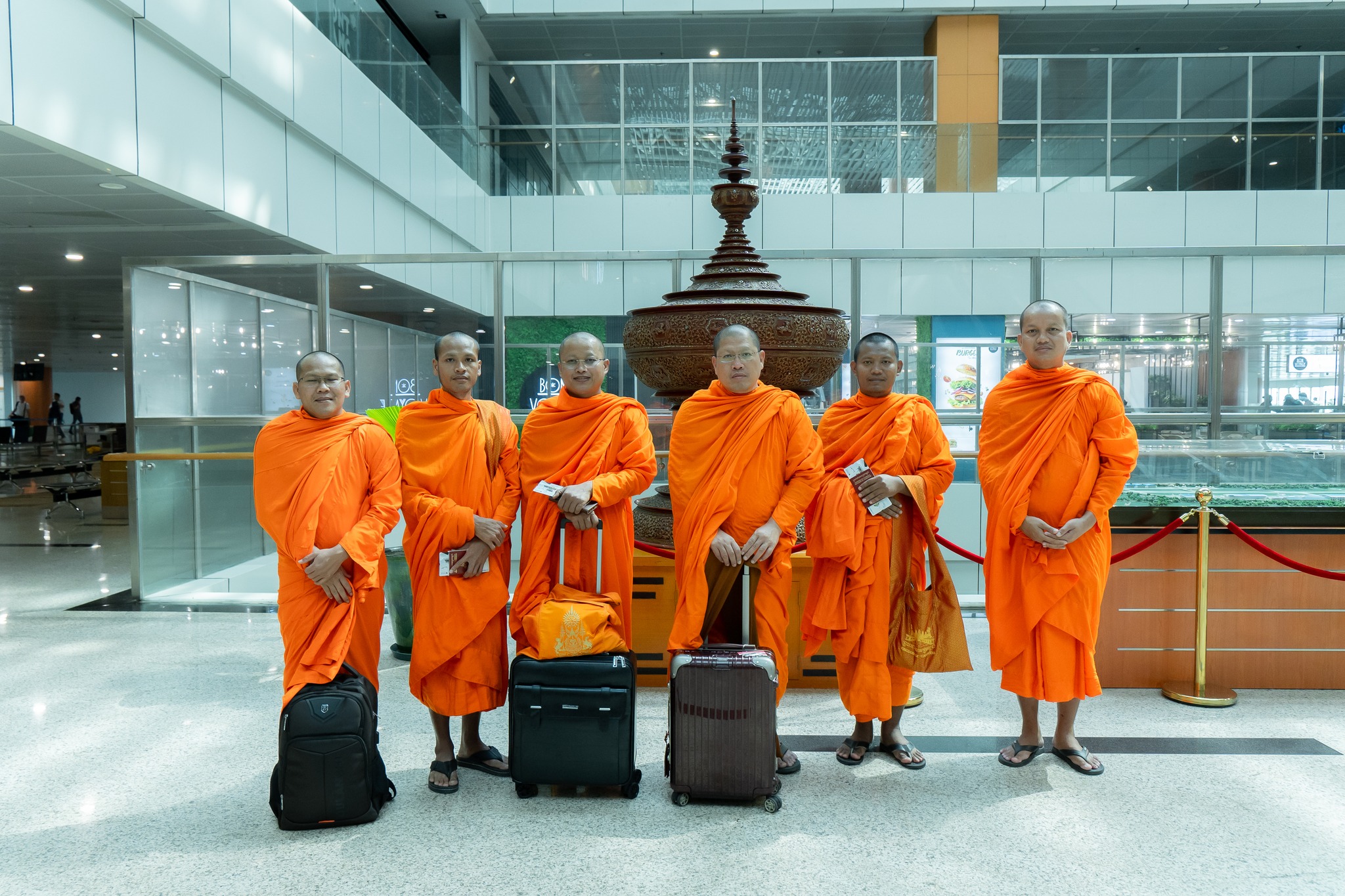
The presence of the Cambodian monk officials was welcomed by Venerable Dr. Thammasami, President of the Institute of Buddhist Psychology, and his colleagues prepared a donation of funds for 639 families affected by the earthquake. They are all victims in the Boeung Lelek area and some surrounding areas, with each family receiving 300,000 kyats, or $80.
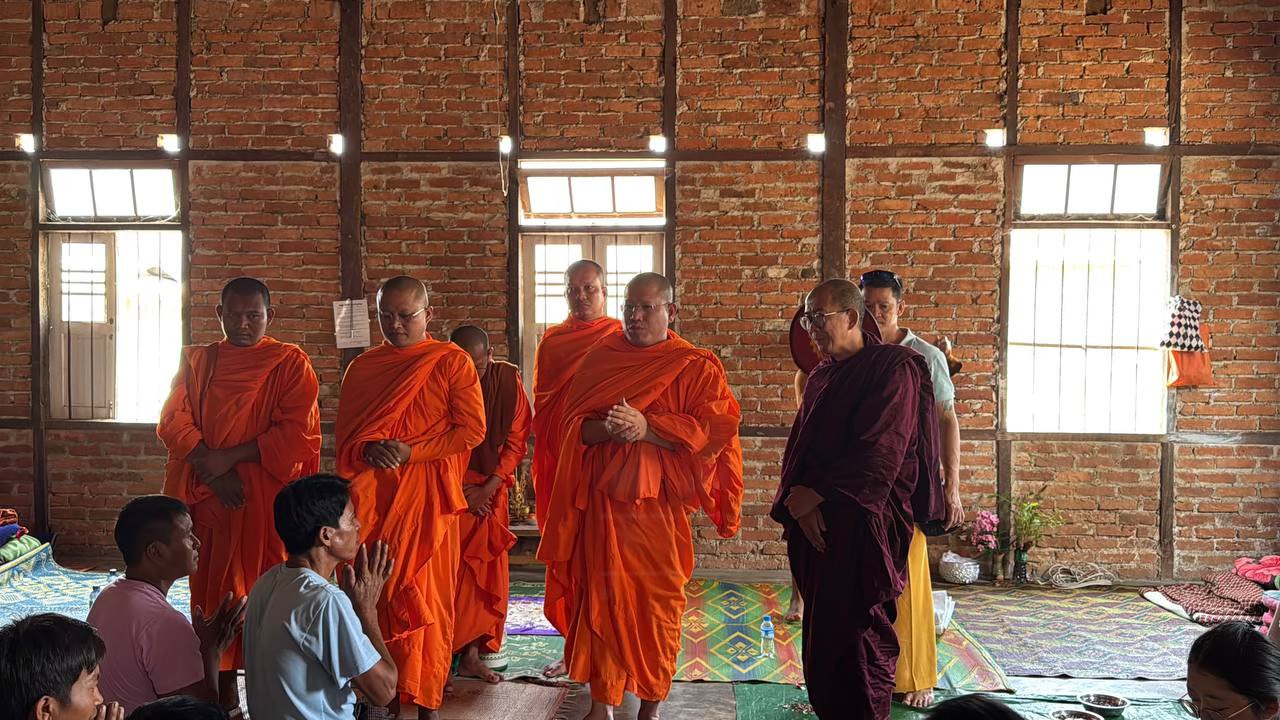
It’s a small help, but congratulations! This action is an act of profound solidarity and a humanitarian message for humanity, so that the suffering people of Myanmar and all the victims can continue to live with hope.
The action of the Cambodian monks is not large in scale compared to the large-scale operations of the United Nations, international organizations and foreign governments, including the Royal Government of Cambodia, but in the minds and hearts of the people, it is a great and noble action.
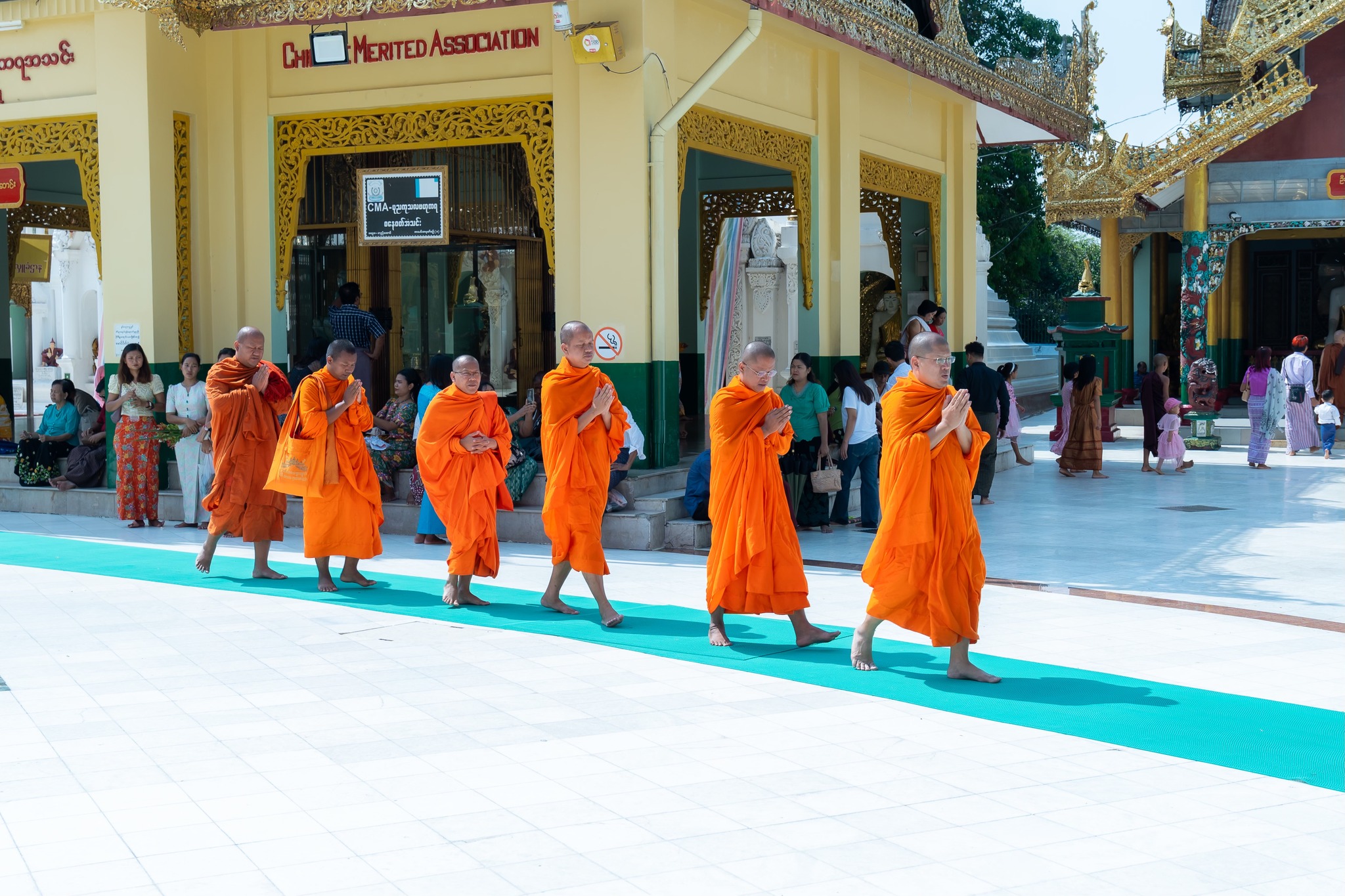
The actions of these monks have reminded us all of the important human duty to stand with those who suffer, regardless of borders or politics. Every dollar and every donation that Cambodian monks bring to the victims in Myanmar represents prayer, hope, and the belief that even small acts of charity can heal a broken world.
In a region often plagued by political tensions and historical trauma, this gesture can reduce the noise of suffering and send a clear message that compassion and mercy know no borders. At a time when global solidarity is often strained, the monks’ quiet journey is a profound reaffirmation of Southeast Asia’s shared spiritual and cultural ties.
Moreover, the actions of Cambodian monks also remind us of the role that religious institutions and leaders can and should play in times of crisis. In Cambodia, Buddhism has long been a guiding force for peace and moral resilience. By stepping beyond the walls of the temple and the borders of the country to provide practical assistance, the monks have shown that faith is not just a matter of ritual and teaching, but a call to action when action is needed most.
In short, as Myanmar continues to face the long and difficult road of reconstruction, the visit of the Cambodian monks is a reminder of the merits of the suffering people of Myanmar to Cambodia as well.

